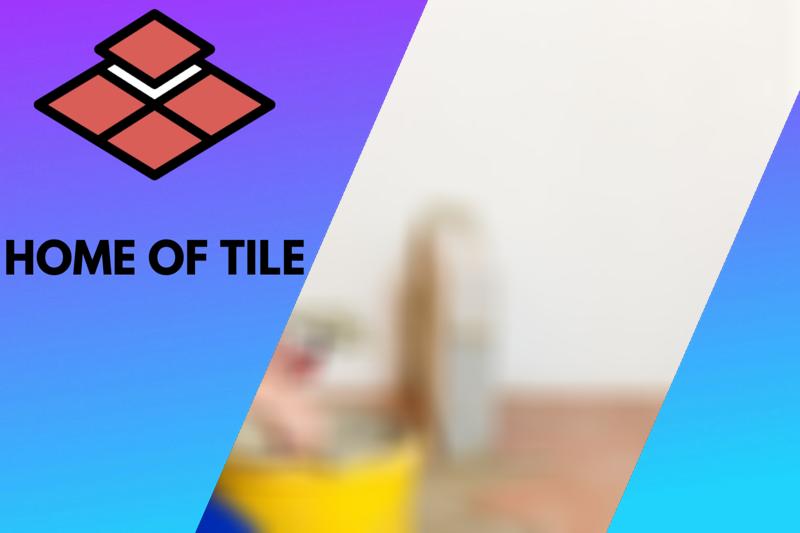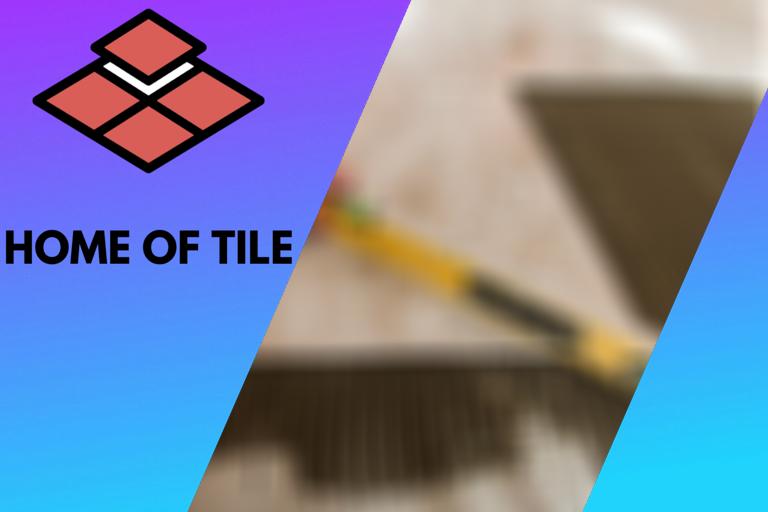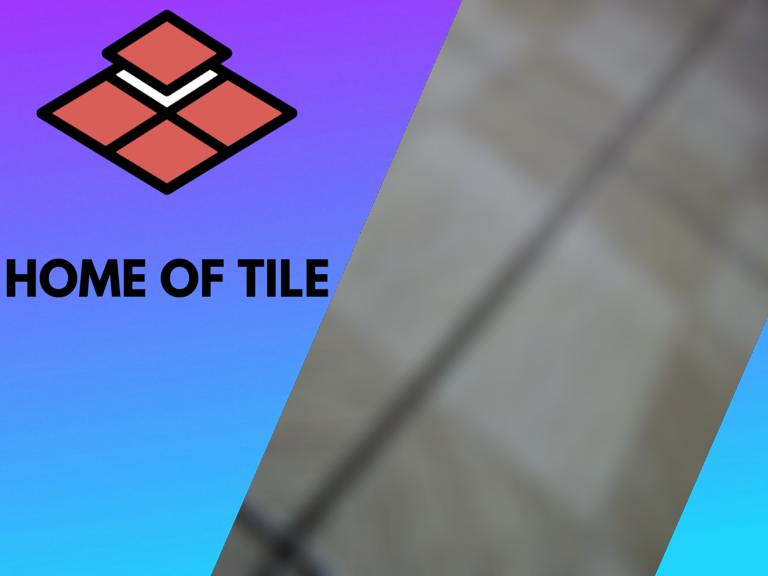Tiling, How Long Does It Take: 13 Things You Should Know
Tiling in and around your house is a multi-step process, and the time it takes varies according to the size and area you are planning to tile. It also depends upon the surface you are tiling. If the surface is clear of cracks and holes, it will take less time because you won’t need to prepare the surface. If there’s a chance that moisture and humidity will come into contact with the surface, then you need to seal the surface to protect the water.

Contents
- 1 How Long Does Tiling Take?
- 2 How Long After Tiling Can You Walk on It?
- 3 How Long Does Cement Board Need to Dry Before Tiling?
- 4 How Long Does Redgard Need to Dry Before Tiling?
- 5 How Long to Wait Before Tiling Over New Concrete, some helpful tips:
- 6 How Long Before Tiling on Self-Leveling Compound, some helpful tips:
- 7 How Long Does Plaster Take to Dry Before Tiling?
- 8 How Long Does Screed Take to Dry Before Tiling?
- 9 How Long Does Self-Leveling Concrete Take to Dry Before Tiling?
- 10 How Long Does Tiling a Bathroom Take?
- 11 How Long to Wait Before Tiling Over Backerboard?
- 12 How Soon Can I Use Underfloor Heating After Tiling?
How Long Does Tiling Take?
In general, tiling a room will take around 3 days. To prepare the surface before tiling can take around a day. The time tiling takes will depend on the area size, location, and your experience. After tiling, the adhesive and grout need to set, and it takes around 48 hours.
Before tiling, you need to prepare the surface for an effective result. Repair the cracks on the surface and, if required, also seal the joints. This preparation takes almost 24 hours because you need to wait for the sealer and compound filler to dry. The adhesive and grout used to set the tiles require 48 hours to dry, so keeping these things in mind takes up to 3 days to tile any surface.
The different steps that take time are:
● Step 1: Prepare the surface (up to 1 day)
First, clean the surface to get rid of any dust and debris and then mark any holes and cracks on the surface. After identifying all the holes and cracks, fill them with a compound filler. Then, you need to wait for the compound filler to dry. Also, if there’s any loose paint on the wall, then scrub it away using sandpaper, creating a rough surface for the adhesive to maintain a strong grip over the tiles. You may also need to prime and screed the surface depending on its conditions. This whole process can take a whole day because of the drying time of the compound filler and primer.
● Step 2: Tiling (several hours or more)
After preparing your surface, you can start tiling. The time this takes will depend on your own experience. A professional tiler will be faster compared with a DIY’er. The size of the tiles plays and the location play a significant role in the time it takes. Choosing bigger tiles will cover more area than smaller tiles. Also, the shape of your room and the number of obstacles like pipes need to be considered. A more challenging location and more obstacles mean more tile cutting, taking a lot more time. A surface with an unusual shape takes considerably more time compared to a square or rectangle-shaped surface.
You should also keep in mind the orientation of your tiles. Tiling in a straight row will be faster compared to tiling in a diagonal shape.
● Step 3: Drying time (2 days)
After prepping the surface, set the tiles over it using thin-set. This thin-set usually takes 24 hours to dry. And it would be best if you waited for it to be dry before applying grout in the gaps between the tiles. The grout also needs around 24 hours. In total, around 48 hours
● Total time: 3 days or more
Taking all of the above things into consideration for tiling your floor, wall, or the whole room, the last time it can take is 3 days, and it can vary depending upon the size or area of your surface.
How Long After Tiling Can You Walk on It?
In general, after placing the tiles on the floor, wait at least 24 hours for the mortar to dry. If dry, apply grout between the joints of the tiles. This holds the tiles in place and maintains an equal distance. In the case of a bathroom or other wet area, seal the edges of the floor. This protects against moisture and humidity. Use a wet sponge to clean any remaining mortar or grout from the tiles.
After applying grout between the joints, you should wait for at least another 24 hours for the tiles to settle perfectly. Walking on the tiles before the grout has cured will result in cracks in the tiles and can cause the tiles to shift. It is even better to wait 48 hours to reduce the risk of tiles cracking completely. When you are tiling a big room, divide the room into equal quadrants. Complete each quadrant one by one, making sure the final quadrant is in front of the room’s door, so that you don’t have to walk over the already tiled area.
How Long Does Cement Board Need to Dry Before Tiling?
In general, wait around 24 hours after adding the cement board before starting with tiling. Ensure that the surface is flattened correctly before attaching the cement board, and seal the joints.
Use the following step to attach and prepare the cement board before tiling:
● Step 1: Clean the surface
To install a cement board as a backer board, you need to clean the surface you are installing the cement board on.
● Step 2: Flatten the surface
Fix any crack and holes on the surface with a compound filler and flatten the surface.
● Step 3: Install and seal the joints
After installing the cement board, you should seal the joints to protect against extra moisture and humidity. To overcome this problem, spread the mortar over the seams between the cement boards to properly seal the joints.
● Step 4: Let it dry
Now, you need to wait for the mortar to dry. The mortar usually takes 24 hours to dry, depending upon the room temperature. It is advised to wait for 24 hours before starting to lay tile.
How Long Does Redgard Need to Dry Before Tiling?
In general, Redgard dries when the pink color vanishes, and it turns solid red. The typical drying time of Redgard is 1 to 1.5 hours, depending upon the ambient condition. In more challenging conditions, it can take up to 12 hours.
The main advantage of Redgard is that it acts as a waterproof surface, and it can also be applied over paint without removing it. After applying Redgard on the surface, wait until its pink color turns to solid red. Usually, it takes 1 to 1.5 hours to dry. But depending upon the ambient conditions, it can take longer.
How Long to Wait Before Tiling Over New Concrete, some helpful tips:
In general, concrete takes up to 28 days to cure. It is advised to wait this long before starting to lay tile. Probably you can walk on it after 1 or 2 days. Concrete drying time can take considerably longer with around 1 month per 1-inch thickness.
Tiling too soon can be dangerous for the tiles because when exposed to moisture, the concrete will continue to shrink and place a lot of pressure on the tiles, causing them to crack.
After applying thin-set over the new concrete, the time at which the thin-set cures depends upon a lot of factors. These factors include the water to sand ratio in the cement, the exposure of moisture to the concrete, the curing compound, among others.
If you want to tile the surface sooner because you cannot wait 14 to 28 days, then you should use a vapor equalization membrane and seal the surface. This membrane acts as a sealer and provides protection against moisture and humidity. It provides an isolation layer between the concrete and the tiles, allowing the vapors to leave the system.
Waiting for the concrete to cure means less stress will be applied to the tiles. Also, if there is some crack on the concrete surface, then fix them with a compound filler. Tiling too soon causes a shift in the position of the tiles, making the tile joints become uneven.
How Long Before Tiling on Self-Leveling Compound, some helpful tips:
In general, it takes a self-leveling compound from 20 minutes up to 24 hours to dry. The exact time depends on the type and brand you use. Ensure that it is dry and strong enough before walking and finally lay tile on it.
Self-leveling compound is mostly used to prepare floors for tiling. It’s a more liquid concrete compound that is poured over the floor surface after mixing with water. The main purpose of using a self-leveling compound is to make the surface flat, removing any uneven bumps from the surface. These bumps and dips cause the tiles to crack when pressure is applied to them.
How Long Does Plaster Take to Dry Before Tiling?
In general, it is advised to wait at least 4 weeks after plastering the wall before tiling. The drying time of plaster can vary depending upon the environmental temperature, but 4 weeks is a good average.
Most experts do not recommend tiling on plaster because plaster is severely affected when it’s exposed to moisture. Also, plaster cannot tolerate much weight. Ensure that the weight of the tiles and the thin-set is not too much. Before tiling on plaster, apply primer over the surface. When the adhesive is directly applied on the plaster surface, a chemical reaction can occur that can causes debonding.
How Long Does Screed Take to Dry Before Tiling?
In general, sceed takes around 48 hours to dry. But it is advised to wait for 7 days before tiling over screed surfaces. This ensures that the screed is fully dry and properly set.
The drying time of the screed varies with the temperature and other conditions. But generally, the screed takes approximately 48 hours to dry, so avoid walking on the screed surface during that time. Then, you can walk on the screed and open the windows to allow evaporation to take place. In order to tile over a screed surface, liquid screed should be dried to an approved level. The outside temperature, ambient humidity, and air also affect the drying time of screed.
How Long Does Self-Leveling Concrete Take to Dry Before Tiling?
In general, the drying time of self-leveling concrete takes from 20 minutes for a super quick concrete to up to 24 hours for some other types.
For Akona compound, tiles can be laid over the floor just 24 hours after pouring the Akona. The drying time of Sika floor compound is 4 hours. For Henry, the drying time is 6 hours, and for a lot of other compounds, it takes almost 16 hours to dry. Finally, LevelQuick, as the name suggests, takes only 20 minutes to set after applying it on a concrete surface.
How Long Does Tiling a Bathroom Take?
Generally, it takes about 8 hours for professionals to tile a bathroom. For a DIYer, depending on the experience, expect it to take double the time. After placing the tiles, please wait for 24 hours until the adhesive dries. Then apply grout between the tiles and let it also dry.
The time for tiling a bathroom depends upon many factors like tiles size, area of the surface you are tiling, and the workers’ experience. Also, if the surface you are tiling has cracks or holes, these must be repaired first, adding to the overall time.
How Long to Wait Before Tiling Over Backerboard?
In general, backer board takes 24 to 48 hours to set for tiling. Some experts also recommend waiting even 72 hours. You can also speed up the process by heating the surrounding environment. Make sure to maintain enough air circulation in the room and keep it well ventilated.
When moisture and humidity comes into contact with the backerboard, it loses its structural integrity for tiles. That is why you need to seal the joints of the backerboard using a high quality sealant. This sealant takes almost 24 hours to dry. After this, your surface is ready for tiling.
How Soon Can I Use Underfloor Heating After Tiling?
In general, before switching on the underfloor heating, ensure that the screed is fully cured. Curing usually takes 7 days. When the screed is fully cured, turn on the underfloor heating at a low temperature and gradually increase the temperature each day until you reach your desired level.
Placing the tiles directly over the insulation panel can result in tiles cracking. That is why it is advised to use a backer board above the insulation panel to give the tiles a suitable surface to settle correctly.








